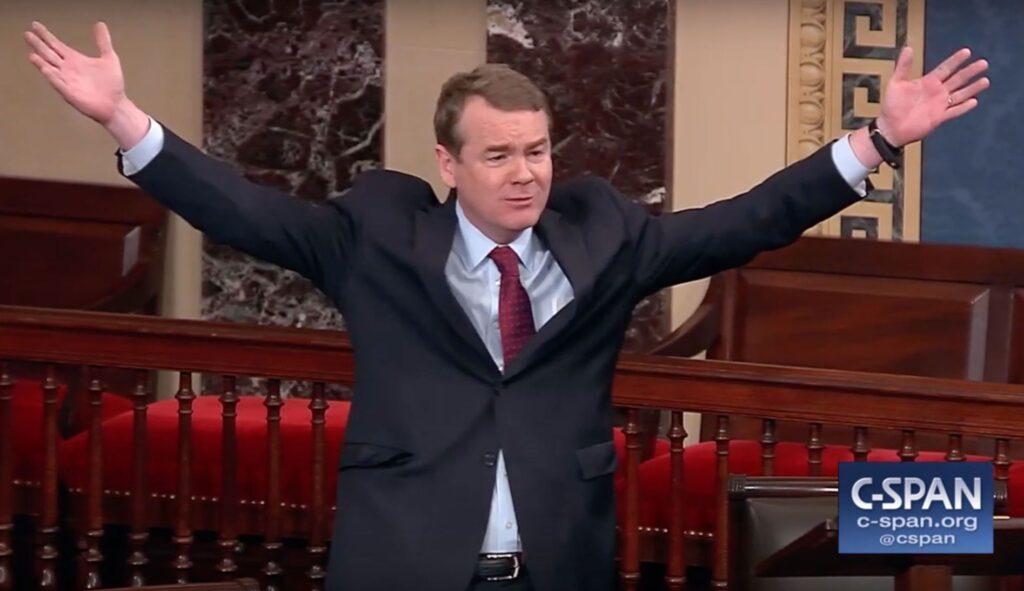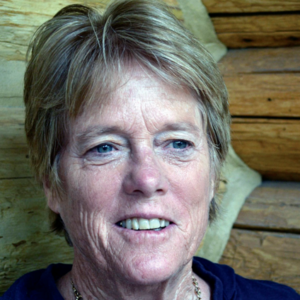Aurora Sentinel: Climate change, drought signal time to go against the green
There is no starker contrast along the Front Range between the sea of green lawns that generations have maintained and the harsh reality that they don’t belong here, and can’t.
Even a casual observer flying into Denver or Colorado Springs airports can’t help but notice how abrupt the change is between the natural scrub and brush of the high plains and the emerald green lawns bestowed on millions of homes, businesses, parks and golf courses sprawling across the metroplex and moving ever farther in all directions.
Without regular and demanding irrigation, the millions of acres of green grass would not exist anywhere along Front Range communities.
Aurora Water officials say just over half of all water usage for customers living in single-family homes is used for keeping the front and back grass watered and green for about half the year.
An average Aurora home uses nearly 7,000 gallons of water a month watering outside, if they follow the city’s strict water guidelines and limitations. Many people don’t limit watering to three days a week for short periods of time. Each summer month, it’s enough water used at each home to fill an 18-foot-round backyard swimming pool.
The costs of such a botanical marvel are enormous in terms of the resources it takes to get high mountain or deep-aquifer water to Aurora water spigots. The impact that millions of thirsty lawns across the Front Range has on the geo-politics of the region is unparalleled.
Mayor Mike Coffman said last week that as the causes and effects of climate change become clearer, and a deepening statewide drought becomes chronic, restricting water-demanding grass lawns is not only inevitable, but critical.
Coffman is absolutely right.
He’s proposing a host of regulations that would essentially preclude new homes from installing the once ubiquitous front-door-to-driveway-to-street-curb front lawns and restrict the size of backyard landscaping to include little more than small patches of grass.
“I know this seems like a fairly dramatic change, and it is, but the circumstances that we’re in are dramatic,” Coffman said last week about his proposal. “This really is a prudent path forward.”
Given the increasing water demands – by not just millions in Colorado, but hundreds of millions more downstream of the Colorado rivers that supply water to Front Range communities – irrigating frivolous lawns becomes a critical problem in The West rather than a peculiar novelty.
Coffman’s proposal would limit backyard lawns to 45% of the space available in a new yard or 500 square feet, whichever is less. Front yard lawns would virtually be prohibited in most cases, other than relative dots or small strips of lawn in some cases.
Aurora has long been a responsible and prudent steward in collecting water rights, storing water for use in the city, and creating landscape restrictions in home design and landscape restrictions.
For years, the city has already pushed to ensure front yard lawns in new construction, essentially nothing more than ornamental extravagances, are reduced and backyard acreage is minimized.
This move pushes those restrictions further, addressing a problem that works to bankrupt Aurora’s currently healthy water bank.
With virtually every drop of water collected in Colorado’s river basins spoken for, and actually over-promised, and groundwater supplies being threatened by overtaxing aquifers, Coffman’s proposal is a giant step in the right direction.
City and state lawmakers should build on the idea by creating local and state incentives to remove existing yard lawns and replacing them with low-water and no-water alternatives.
Aurora Water and the Colorado State University Cooperative Extension Service go to great lengths to show city and Front Range residents attractive, affordable water-saving alternatives to watering, mowing and maintaining endless tracts of thirsty grass.
Given the unlikely chances that regional governments or the state would wisely limit growth to preserve water resources, restricting reckless and unsustainable water use on keeping the grass green is critical.
Aurora lawmakers should approve Coffman’s plan and seek out other measures.
Aurora Sentinel Editorial Board













